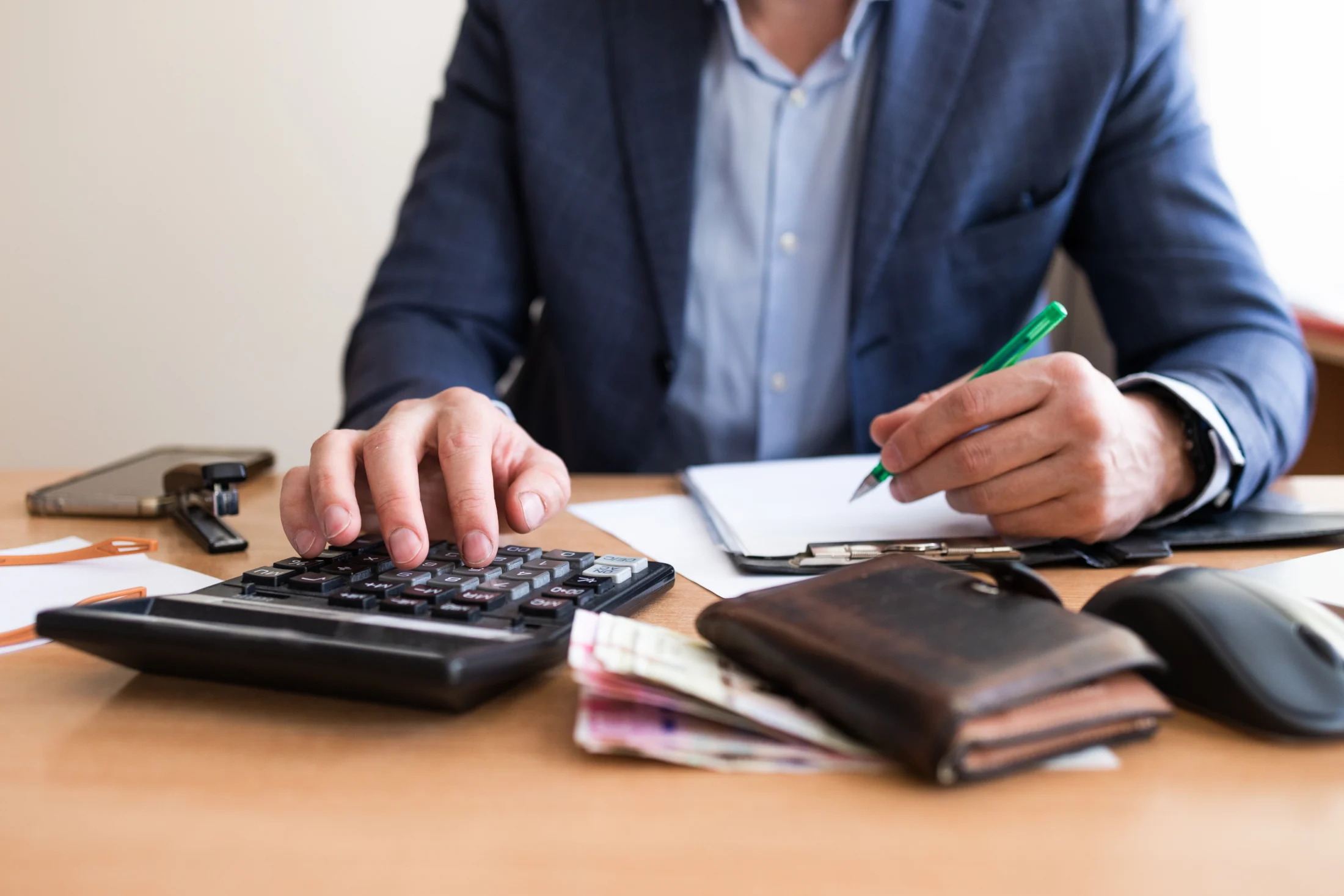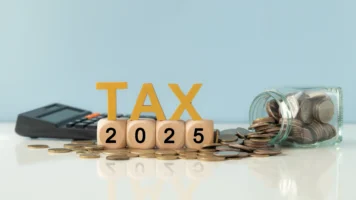What Is EOFY? – Everything You Need To Know
As June 30 approaches, you’ll probably start hearing the term “EOFY” (short for “End of Financial Year”) popping up everywhere. But what is EOFY, why is it so important, and what should you be doing to get ready? In this simple guide, we’ll break down everything you need to know about EOFY, from tax responsibilities and key dates to tips for staying organised and avoiding any last-minute stress.
Overview:
- What is the End of a Financial Year (EOFY)?
- Why is EOFY important?
- What to do at the end of a tax year
- What are the Australian tax dates?
- How long do I need to keep my tax records in Australia?
What is the End of a Financial Year (EOFY)?
In Australia, the financial year runs from 1 July to 30 June. Once June 30 arrives, it’s time to finalise your financial activity for the year—whether that means lodging your individual tax return, submitting business reports, or reconciling accounts. This period is often referred to in Australia as “tax time” and it can be a pretty busy time for both individuals and businesses alike.
Why is EOFY in June?
Originally, Australia’s financial year ran from 1 January to 31 December, but was changed in 1901 to the current 1 July to 30 June schedule. This change was implemented so government departments would have more time to prepare their accounts after the busy Christmas and New Year periods.
Why is EOFY important?
Whether you’re an individual, a business, or a government department, the EOFY can be a pretty hectic time of year. Usually, this period is when:
- Individuals must submit their tax returns to the Australian Taxation Office (ATO).
- Businesses must close their accounts, complete financial statements, and meet tax obligations.
- Companies and individuals can claim tax deductions, offset expenses, and potentially receive refunds.
- Budgeting for the financial year ahead commences.
In other words, EOFY is the time to wrap up the previous year so you can start the new year on the right foot.
What to do at the end of a tax year
EOFY often rolls around faster than you think it will, so being proactive and ensuring you are properly prepared can be a lifesaver. Here are some key things you can do to make sure you’re good to go this tax season:
1. Organise your documents
Gather your payslips, bank statements, receipts for deductible expenses, and any investment records. Keep them in an organised and safe place so that they’re easily accessible come tax time.
2. Keep up to date with the latest tax legislation and regulations
There can be changes in tax law each year, so it’s a good idea to educate yourself on what the current requirements are. You can keep up to date with any changes on the ATO’s website or by speaking with a tax professional.
3. Check for deductions
Review what expenses you can legally claim on your tax return, such as work-related costs, donations to charities, or union fees. Eligible deductions can vary from person to person, so it’s important to contact the ATO or a qualified tax agent if you’re unsure what deductions you’re eligible for.
4. Review your finances
This is the perfect time to evaluate your budget and fresh it for the new financial year. If you’re new to budgeting or wondering what to look at, it’s good to begin by making a review of your:
- Income
- Debts
- Savings
- Expenses
- Upcoming or planned expenses
- Financial goals or wish lists like saving a certain amount or paying for a particular holiday
5. Concessional super contributions
Making voluntary super contributions before June 30 can sometimes help lower your tax bill while helping you boost your nest egg for retirement. But you’ll need to ensure you don’t exceed the concessional contributions cap or you may end up paying extra tax on your contributions.
Looking to find out more about superannuation? Check out our blog: What is Superannuation & How Does it Work in Australia?
6. Consider a tax agent
If you prefer professional help, scheduling an appointment with a tax agent early can save you a lot of time and stress.
Being prepared before the last day of the financial year can help you avoid rushing—and may even result in a bigger tax refund!
What are the Australian tax dates?
Life is pretty hectic these days, it can be easy to miss important dates. But missing deadlines could lead to penalties or missed refunds, so it’s essential to plan ahead. Here are some key dates to keep in mind for tax-time so you’re prepared:
| Key date | What’s happening? |
|---|---|
| 30 June | Last day of the financial year |
| 1 July | Start of the new financial year |
| 1 July – 31 October | You can lodge your individual tax return for the previous financial year. |
| 31 October | Deadline for self-lodgers to submit their tax return to the ATO. |
How long do I need to keep my tax records in Australia?
In Australia, you’re generally required to keep your tax records for at least 5 years after you lodge your tax return. This can include records such as:
- Proof of income (such as payslips, payment summaries, or bank statements)
- Receipts and invoices for deductible expenses
- Records of asset purchases and sales
- Bank statements and loan documents related to investment income
Keeping accurate and organised records will make your life much easier if the ATO ever needs to review your return. Plus, good record-keeping could help you claim every possible deduction you’re entitled to!
Hit with some unexpected expenses this EOFY? Swoosh has you covered!
If you’re struggling with some unexpected costs this tax season, Swoosh has you covered with our emergency loans between $2,200 and $5,000. With a fast, easy application process, we’ll get you sorted in no time! Apply online today.
FAQs
What is the Tax-free threshold?
The tax-free threshold in Australia is the amount of income you can earn each financial year without paying any income tax. As of 2024–25, it’s $18,200. If you earn above this amount, you only pay tax on the income over that threshold.
Why do businesses have EOFY sales?
Businesses in Australia run EOFY sales to clear out stock before the new financial year begins on 1 July. It helps them boost revenue, reduce inventory, and take advantage of tax deductions by recording sales or expenses before the financial year ends on 30 June.
What date is EOFY?
EOFY falls on 30 June each year in Australia and you are able to lodge your tax return from 1 July.







